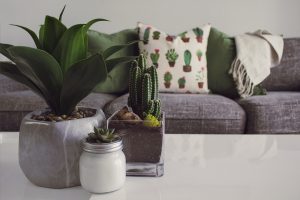Staging a Home
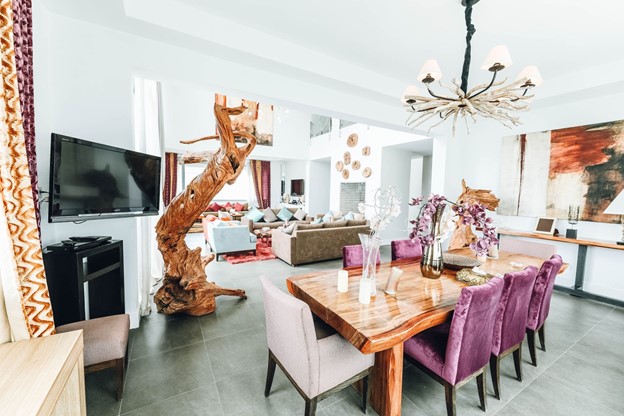
Should You Stage Your Home?
Every home is changed by those who live in it even under the care of the most vigilant homeowners. Staging a home for sale is one tactic that may take the attention away from less than stellar paint, flooring, or kitchen cabinets and convince the buyer that they can make the property the home of their dreams.
If you are preparing to put your home on the market, staging provides the advantage of appealing to the buyer audience. It is no longer a nice idea, but one of the most important things you can do when selling your home.
What is a Staged Home?
Staging a home is one possible step in preparing a property for sale in the housing market. It is primarily focused on the appearance of the home and making the space feel a specific way. Depending on the type of pieces brought into the space the staging can make the home feel lighter, larger, or more modern.
Most staged homes include art, rugs, furniture, plants, and other decors.
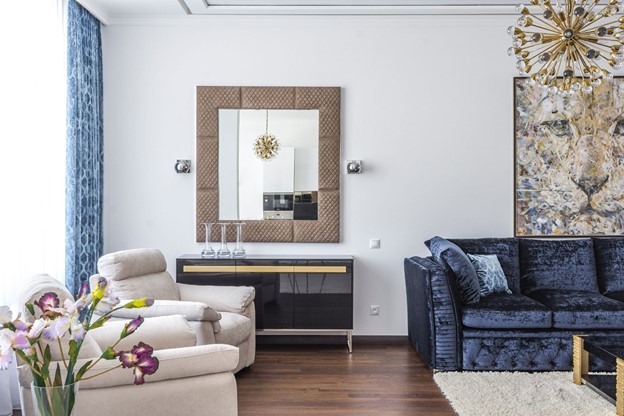
Attract More Home Buyers
Properties headed to the market need to be presented in a way that is going to attract the most possible buyers. Staging a home allows buyers to picture themselves in that space. Inviting furnishings and decor, combined with subtle accessories distributed throughout the home pulls everything together to help produce higher-quality images of each space in the home.
It has also been proven that if the home is attractive in pictures buyers are much more likely to come and see it in person. The quality of online images directly affects a buyer’s interest in a home.
Buyers confirm that they were more willing to walk through a home they saw online (41 percent), and buyers’ agents identified that staging would positively impact the home value if the home was decorated to the buyer’s taste (39 percent).
Your first impression is your last impression, so make it count!
Tidbit:
A 2021 National Association of Realtors study on home staging reported that 82% of buyer’s agents said staging a home made it easier for a buyer to visualize the property as a future home.
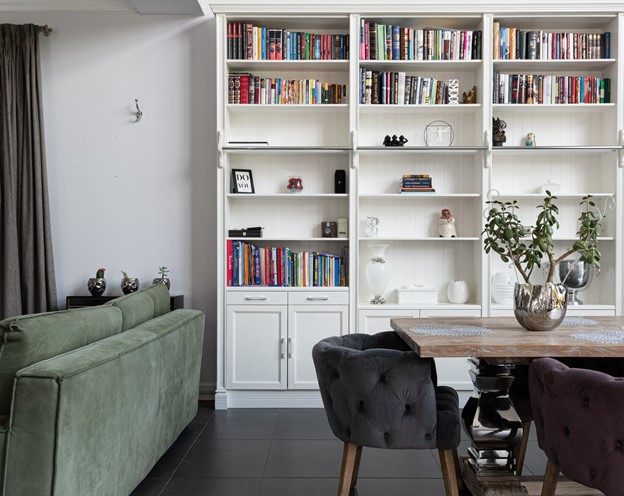
Increase Home Sale Price
Ultimately the purpose of home staging is to set your listing apart from others on the market and yield higher offers.
According to the National Association of Realtors Profile of Home Staging 2021 when staging a home, 23 percent of sellers’ agents reported an increase of one to five percent of the dollar value offered by buyers, in comparison to similar homes.
Notably, none of the respondents in the above study reported that staging a home had a negative impact on the home’s dollar value.
It’s advantageous to keep in mind that home staging does put costs on the sellers’ agent or the seller depending on the scenario. The median dollar value spent when using a staging service was $1,500, compared to $300 when the sellers’ agent personally staged the home.
Tidbit:
The most common rooms that were staged included the living room (90 percent), kitchen (80 percent), master bedroom (78 percent), and dining room (69 percent).
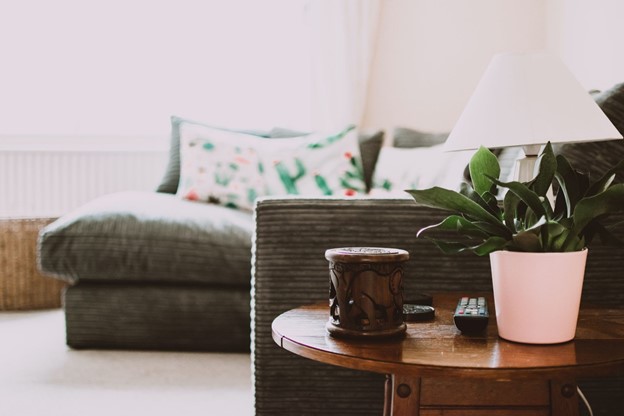
In conclusion…
By creating space that buyers fall in love with, sellers can expect offers of higher quantity and quality. Get in touch with one of our agents today.
Making a Memorable Home
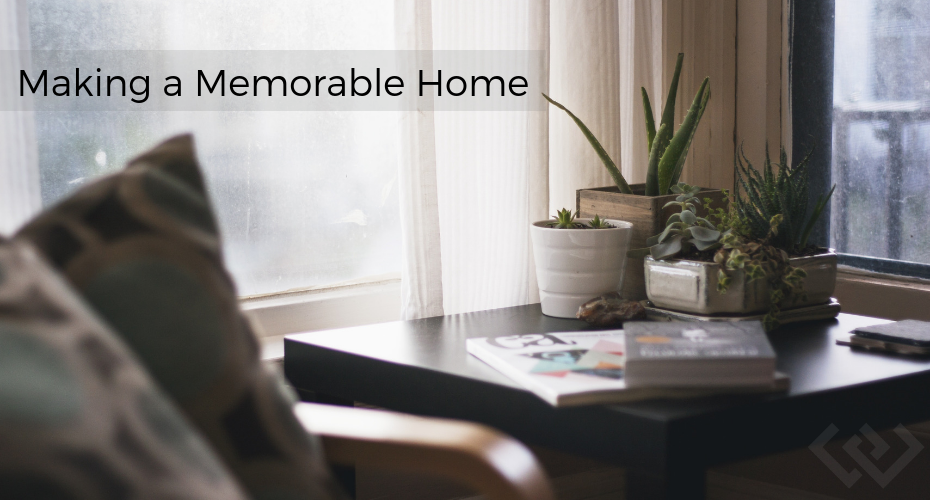
Making a Memorable Home
Fresh out of college she had little desire to decorate or apply much effort to her home. She figured, “if it’s not functional, it’s not needed.” That all changed when her best friend, a former beauty queen, moved in with her. “Everything was moved! Books were realigned to look nice, plants popped up everywhere, and anything that didn’t look pretty found a discrete new home.” Although the first shock of everything shifting around her was a bit startling, she started to notice a big difference. “All of a sudden the people entering her home would look around and almost immediately compliment her on her ‘Pinterest’ home. She would overhear conversations about how great visiting her house was and when people did visit, they wanted to stay.”
This was the story of one of our agents and her journey in learning the power and positive impact that decorating can have on a home. We’ve all been at the start of this journey at one point or another. Fearful of making mistakes, we settle for what we have or even convince ourselves we like it better without the fancy decorations (even though we drool at Pottery Barn). Decorating can play a key role in turning that house you bought into a real home. It can transform plain space into a memorable oasis for all who enter.
In everyday life this is important but when selling a home, it is invaluable.
To ease your fears we’ve gathered some key interior design tips we hope will help you with your first steps to a new interior design.
5 Rules for Interior Design
-
Start with a Neutral Palette
Bright colors and bold accents go in and out of style rapidly. Neutrals are lasting and timeless. Start your room off with a neutral palette that will be consistent and lasting. Pops of color are easily achieved in replicable items such as books, floral arraignments, and accessories.
-
The 10-30-60 Rule
An easy way to decide when and where color should be added is using the 10-30-60 color rule for dominant, secondary, and accent colors. As the name suggests; your dominant color (a neutral) should cover about 60% of the room. Your secondary color, a little bolder, should be used repetitively without overpowering. Your boldest color, the accent, should be included sparingly and with intentionality.
-
Think Vertically
Artwork, wall décor, and tall plants help to bring the eye up off the ground or coffee table. Also, storing items vertically on shelves or other creative options keeps them off the ground or on low areas, preventing the home from feeling cluttered.
-
The Rule of Threes
Styling surfaces can feel intimidating. Too few items can leave the space feeling sparse and awkward, but too many items can cause clutter. When in doubt, follow the rule of three. Odd number groupings are more appealing to the eye than even ones. Placing three cohesive items in a space can help to create this dynamic.
-
Don’t Over-Theme
Everyone loves a good beach themed room but when everything is covered in is shells, sand, umbrellas, and flip flops it can start to look ridiculous. Keeps obvious references to a theme at a minimum with accent pieces and try to enhance the feel of the room over the theme.
Looking for some inspiration or a creative piece to get you started? Visit Seaside & Sylvan! They are a small furnishing boutique located at the historic Greenbank Farm. Their creative décor and helpful associates are sure to spark your style into action.
You might also like:

 Facebook
Facebook
 X
X
 Pinterest
Pinterest
 Copy Link
Copy Link


